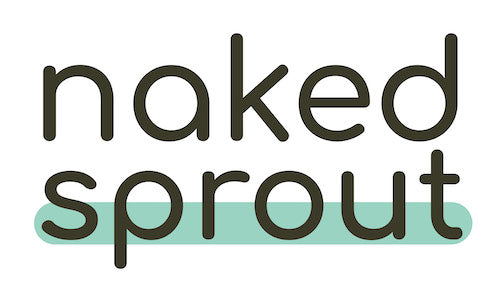Meet Our Suppliers

When customers ask about how we make our bamboo toilet rolls we have a simple answer. First, bamboo is grown, harvested, and pulped into bamboo bales. Once these bamboo bales get to our factory our factory in Spain we use them to manufacture Naked Sprout bamboo toilet rolls, kitchen rolls, and facial tissues.
But that first part of the story covers a lot of ground. It covers more than 175 thousand acres in fact - that’s the size of one of the forests where our bamboo is grown, and where it is harvested and pulped, ready to be sent on to our factory in Spain.
We’ve spent a lot of time talking about our factory, today we’re tracing our steps backwards. Where, exactly, do we get our bamboo, and how is it grown and harvested?

Today we wanted to talk about our suppliers, the fantastic teams who actually cultivate and harvest the bamboo that makes our rolls. It's always great to get to the roots of our business, so here's the story of our bamboo and how it is cultivated and harvested. (With thanks to our translator Alex!)

Our suppliers
Our suppliers are among the largest cultivators of commercial bamboo in the world, and they’re enthusiastic about its potential. Bamboo grows fast, renews itself naturally, and takes less water and land to grow than other timber sources. Its strength, and the ease with which it can be shaped means it can replace plastic in contexts like industrial packaging and food containers. And of course it makes great tissue products as well!
The enthusiasm for bamboo is infectious. We couldn’t resist taking a snap of this display of bamboo toilet rolls, carefully fashioned into a dress!

Their offices are impressive, but of course the real draw is the forests.
The forests
The first thing you'll notice about the bamboo forests is that they’re big. Like, really big. Eighty-three percent of the Sichuan region is forest, and eighty percent of this forest is bamboo. They are also beautiful. These forests are home to a mixture of native plants as well as bamboo, and various animals, birds, and insects. And just in case you were wondering, there aren’t any pandas here, the bamboo that grows here is a different species to the type they eat!
We got a full account of the growth and harvest cycle of bamboo from Mr Xu and Mr Zhang, farms with years of experience working with this particular plant, who were keen to share more details about its properties.

Bamboo is a grass which grows the most very early in the morning, between 3am - 7am. Like the grass in our parks and gardens, it doesn't need to be replanted every time it's cut - it will regrow naturally from root. Unlike the grass in our parks and gardens, bamboo is cut by hand. Bamboo forests grow thickly on uneven slopes with natural streams and rock formations so they’re not suitable for machine harvesting; croppers get out among the stems to chop them down. They decide which stems to cut based on their colour, height, and thickness. They don’t chop the whole stem, they chop about one foot off the root, to keep the root network together, preventing landslides.
The bamboo harvest continues for nine months of the year. The forests are left to grow in July, August, and September because it's too hot to work. Work also stops when it rains, the walkways on the uneven forest floor become wet and too slippery to walk on safely.
Cut stems are baled together and carried to roads where they can be transported to an on-site chipper. The chipped bamboo is then taken to the mill to be pulped (mechanically crushed with water to break down the fibres), this pulp is then dried to become a pulp board bale, and this raw material is sent, by road and sea, to our factory in Spain, ready for manufacturing.

Wrapping up
That’s where our bamboo comes from! Next time you grab one of our unbleached, bamboo toilet rolls (or one of our kitchen rolls or facial tissues for that matter) you can cast your mind to the forests where this wonderful plant grows, and the expert farmers working to make sure each stem is given proper time to grow, and regrow, over and over again.
Regular readers of our blog know the story from there. The pulp is gently cleaned, not bleached, boiled and mashed, then reformed and dried, all using energy that’s generated from renewable sources on site.
It’s quite a journey to get from root to rolls, and we’re delighted to share it with you. If you have any questions about how we make Naked Sprout, just let us know, and we’ll consider it for a future post!
Want to try our unbleached bamboo toilet rolls, kitchen rolls, and tissues?




